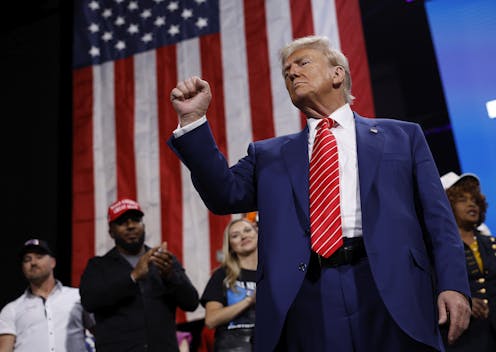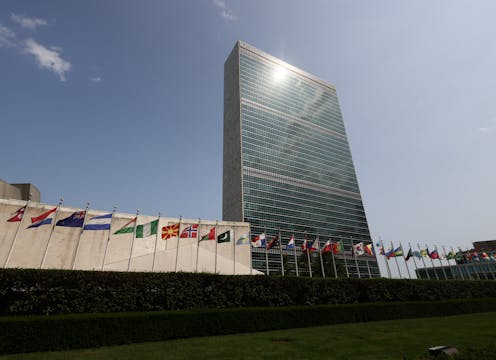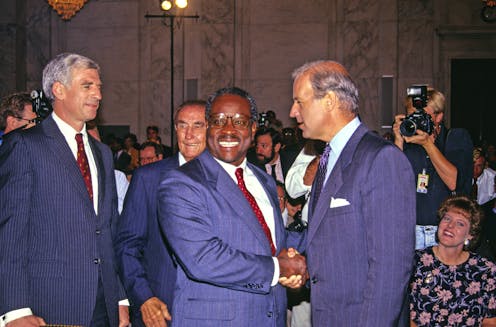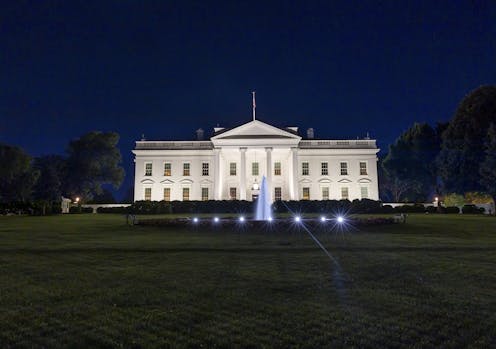Say it with a picture: overcoming legalese in public procurement contracts

They say a picture is worth a thousand words. But in the world of legal contracts, pictures can be worth even more by making complicated concepts more accessible to people without expertise.
Traditional contracts are often dense and filled with complex legal language, known as “legalese”. This can be difficult for individuals without legal training to understand.
Visual contracts break away from this norm by integrating diagrams, illustrations, symbols and even comic strips to convey essential information.
In public procurement — the purchase of goods, services and works by public authorities using public funds — this approach could be transformative, especially for small and medium-sized enterprises.
By simplifying intricate legal documents, visual contracts can encourage greater participation and enhance competition. Using images can ultimately improve the quality of public services for taxpayers.
In our new research, we looked at the benefits and potential difficulties of visual contracts. We also examined how they have been used overseas and develop a road map to simplify procurement law.
Visual contracts in public procurement
Public procurement is notoriously complex. The process is governed by strict legal frameworks to ensure transparency, competition, integrity and fairness.
While these rules are essential, their complexity often discourages small and medium-sized businesses and community organisations from participating. These groups may lack the resources to navigate the intricate legal systems.
Visual contracts offer a fresh perspective. By simplifying procurement documents, visual formats could make public procurement more accessible, transparent and inclusive.
For example, using visuals to explain timelines, roles and expectations can demystify the process for those who have never participated in public procurement before.
This means visual contracting could level the playing field and create opportunities for a broader range of participants.
Accessible contracts also benefit everyone involved, including contract managers and suppliers. Clear contracts reduce misunderstandings, improve compliance and foster trust.
This is particularly crucial in public procurement, where effective collaboration between public authorities and suppliers ensures better outcomes for taxpayers and communities.
Learning from Denmark and Australia
Various groups in Denmark and Australia have been exploring the use of visual contracting, providing valuable insights into its potential.
In Denmark, visual contracts have been used in the construction industry to clarify obligations and dispute resolution processes.
The Danish Construction Association, for example, developed visual tools to outline key milestones and responsibilities. These tools not only improved understanding but also reduced conflicts and delays.
In Australia, the University of Western Australia’s Comic Book Contracts project has demonstrated the practical benefits of visual contracting.
One example is a non-disclosure agreement (NDA) designed for engineering students participating in the UWA Makers Lab. Presented in comic strip format, this visual NDA clearly outlines confidentiality obligations. This makes it easier for students to understand and comply with the terms.
Users said these agreements were much easier to understand compared to traditional contracts.
While these examples showcase the versatility of visual contracting across sectors, applying it to public procurement represents a new and untested frontier.
The potential to simplify procurement documents and contracts through visualisation could transform how governments and suppliers engage with one another.
Bumps in the road ahead
Despite its potential, visual contracting faces challenges that could potentially slow widespread adoption.
Ensuring legal enforceability is one concern. While visual contracts are recognised in many jurisdictions, uncertainties persist regarding court interpretations of images and symbols.
In disputes, it’s crucial that all parties consistently understand the visuals to uphold the contract’s validity.
Additionally, the cost of designing effective visual contracts can pose a barrier. Developing these agreements demands collaboration among lawyers, designers and sometimes psychologists to ensure clarity and accuracy.
Although initial expenses might be offset by long-term savings from reduced disputes and improved compliance, they remain a hurdle to widespread implementation.
Gaining broad acceptance is also essential. Introducing visual contracts into procurement processes requires buy-in from policymakers, procurement officers and legal experts.
Comprehensive training and education are necessary to help everyone involved understand and embrace this innovative approach.
Addressing these challenges is vital for the successful integration of visual contracting into mainstream legal and procurement practices.
Refining the use of visual contracts
Visual contracting has the potential to improve public procurement by making it more transparent, inclusive and efficient.
By simplifying procurement documents and contracts through visual formats, governments could attract more diverse suppliers, foster innovation, and improve outcomes for taxpayers.
Although visual contracting has been successfully applied in sectors such as construction and service agreements, its use in public procurement remains largely unexplored.
As visual contracts become a reality in public procurement, it’s important to address concerns such as legal enforceability, cost and stakeholder adoption. But as examples from Denmark and Australia show, visual contracts can make a real difference for everyone involved.
Authors: The Conversation

















